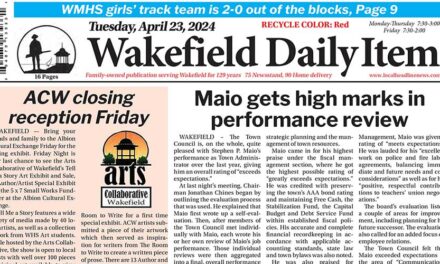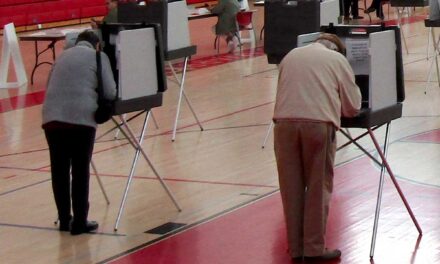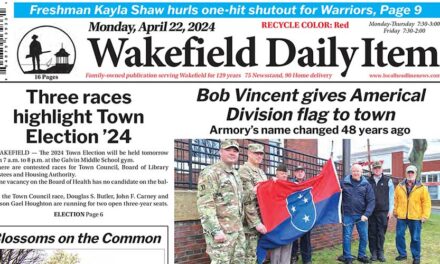Published in the February 20, 2020 edition.
By MARK SARDELLA
What do you call an electoral system where if your candidate loses, you get to vote again?
Some people call it “ranked-choice voting.”
I call it “legalized voter fraud.”
If a measure on the November ballot in Massachusetts passes, you can say goodbye to such quaint concepts as “one person, one vote” and “the candidate with the most votes wins.”
Say hello to “we keep voting until our candidate wins.”
Let me see if I can explain this convoluted system in a comprehensible manner, something that no one thus far has been able – or more likely, willing — to do. Because when people understand ranked-choice voting, they don’t like it.
Ranked-choice voting is applied to races where there are more than two candidates. Instead of simply voting for your preferred candidate, you would “rank” them in order of preference.
In the end, if no candidate has more than 50 percent of first place votes, the last place candidate is dropped off the list and all of the second place votes from those ballots are redistributed among the remaining candidates. (So, the people who voted for the last place candidate effectively get to vote twice.)
If still no one among the remaining candidates has more than 50 percent, the candidate in last place is dropped and the process is repeated until one candidate has more than 50 percent.
Got that? It’s so simple that a four-year-old child could understand it. Somebody better run out and find a four-year-old child to explain it to me.
It’s not just conceivable that the candidate who most people liked best could lose, it has already happened in places where ranked-choice voting has been adopted. It happened in a 2018 Maine congressional race. The candidate with the most first place votes in a four-way race lost after the bottom two candidates were eliminated and second place votes were redistributed.
In areas of California where the system has been tried, results have been so bizarre that both former Governor Jerry Brown and current Governor Gavin Newsom vetoed measures to expand ranked-choice voting in that state.
So why would anyone advocate for such an undemocratic system?
Hint: It’s not about “fairness.” It’s not about “inclusion,” no matter what they claim.
It’s about winning. In areas where it is proposed, political operatives have calculated that ranked choice voting gives them an electoral advantage more often than not. If the result of implementing this system would put them at a disadvantage, do you think they’d be pushing it? All they have to do is sell you on how “nonpartisan” they are, and hope you won’t bother checking.
The same election “reform” advocates who keep telling us that voting needs to be “simplified” to encourage more participation are also pushing ranked-choice voting. But ranked-choice voting is anything but simple for those who have spent a lifetime voting under the antiquated one person, one vote system, where the candidate who gets the most votes is declared the winner.
There are a growing number of accounts of senior citizens giving up in frustration and leaving the polling place without voting; or seniors who filled out their ranked-choice ballot wrong, causing it to be disqualified and tossed out.
But who really cares, right? Seniors are approaching the check-out counter anyway. Young people are the future. Let’s give 16-year-olds the right to vote!
Are you beginning to see where we’re heading with all these so-called election “reforms”? Do I need to spell it out for you?
Of the proposed electoral “reforms,” ranked-choice voting ranks as the most diabolical and dangerous to democracy.
It’s the rankest choice of all.





